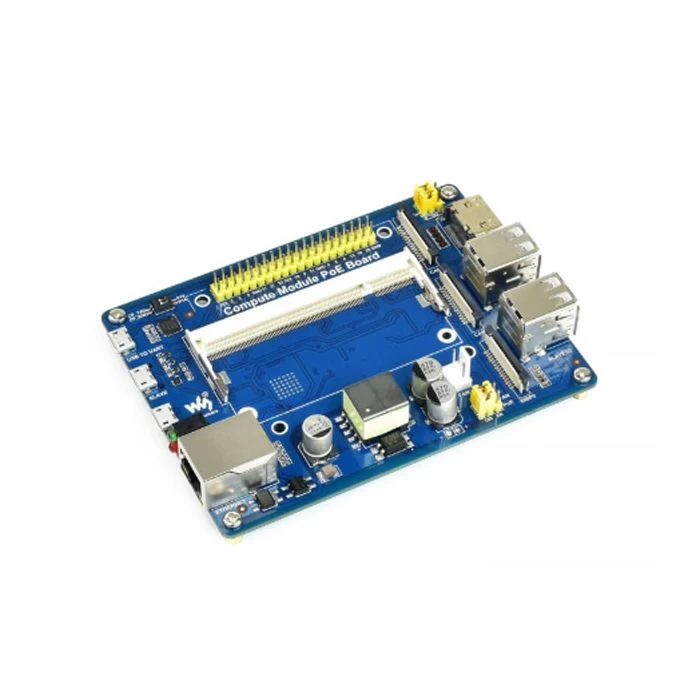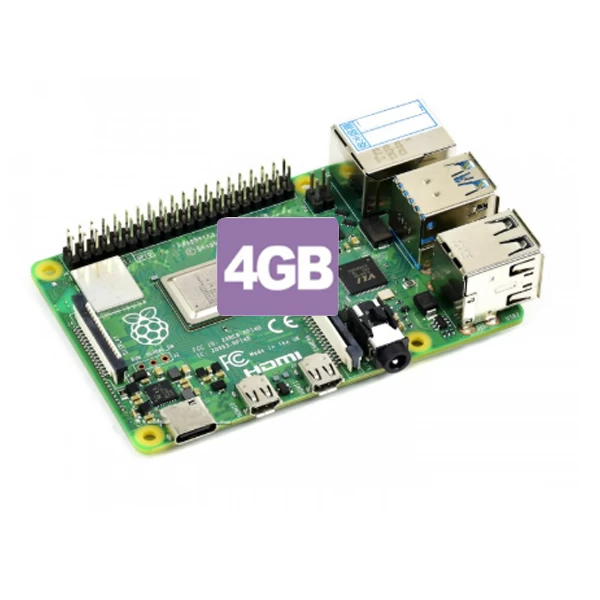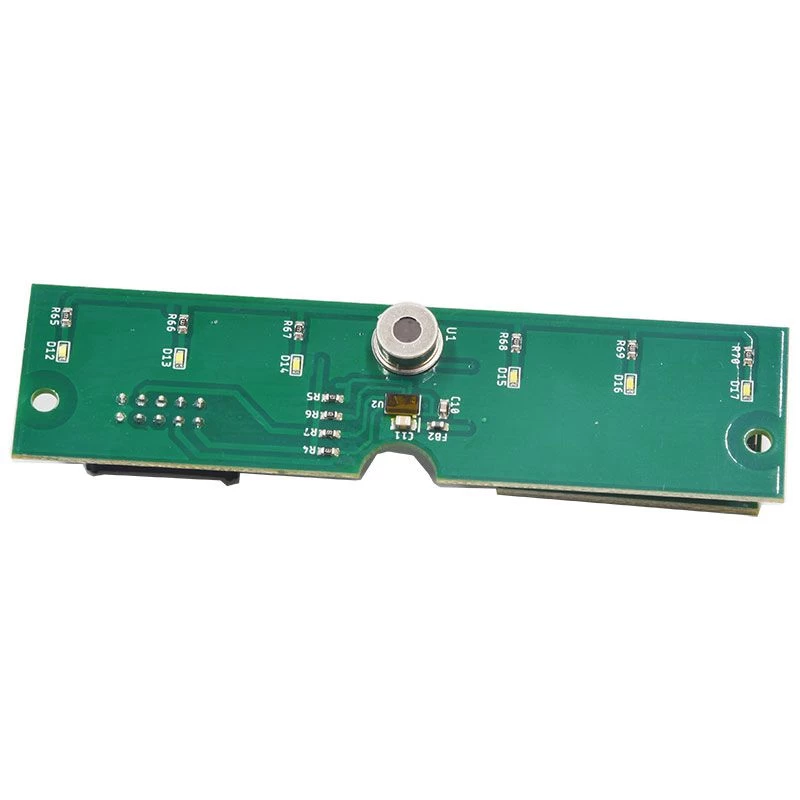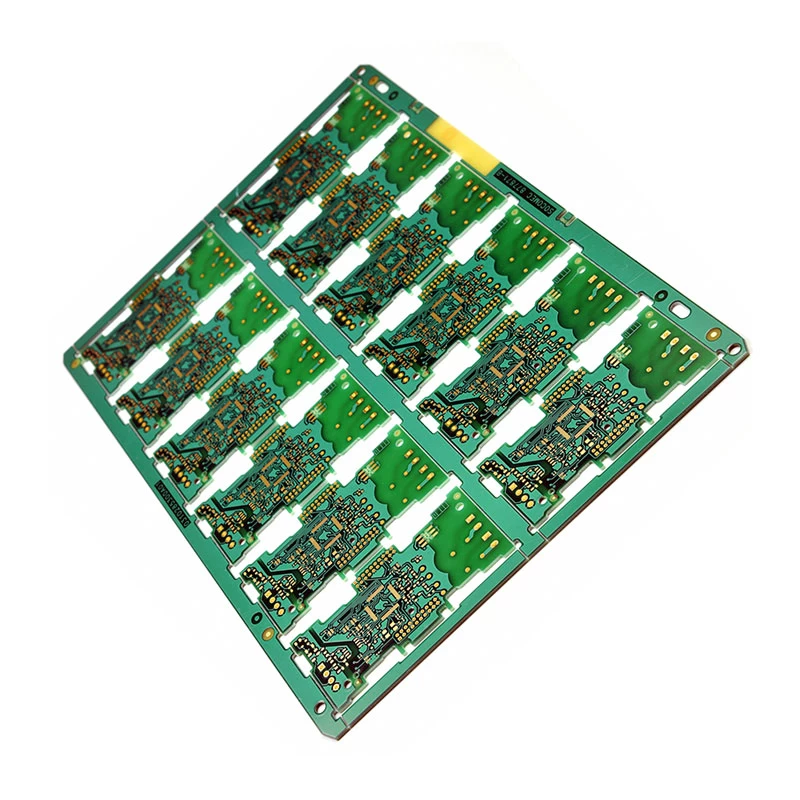Analysis of the damage and cause of PCB board deformation
On automated surface mount lines, if the board is not flat, it will cause misalignment, components can not be inserted or placed on the board's holes and surface mount pads, and even the automatic inserter will be damaged. The board on which the components are mounted is bent after soldering, and the component legs are difficult to trim.
The board can't be installed in the chassis or the socket inside the machine, so it is very troublesome for the assembly factory to encounter the board. The current surface mount technology is moving toward high precision, high speed, and intelligent direction, which puts higher flatness requirements on PCB boards as homes for various components.

In the IPC standard, it is specifically pointed out that the maximum allowable deformation of a PCB board with a surface mount device is 0.75%, and the maximum allowable deformation of a PCB without a surface mount is 1.5%. In fact, in order to meet the needs of high-precision and high-speed placement, some electronic assembly manufacturers have stricter requirements on the amount of deformation. For example, the maximum deformation allowed by our company is 0.5%, and even individual customer requirements. 0.3%.
The PCB board is composed of copper foil, resin, glass cloth and other materials. The physical and chemical properties of each material are different. After pressing together, thermal stress remains inevitably, resulting in deformation. At the same time, in the processing of PCB, it will go through various processes such as high temperature, mechanical cutting and wet processing, which will also have an important impact on the deformation of the board. In short, the causes of PCB board deformation are complicated and diverse, how to reduce or eliminate the material characteristics. Different or processing-induced deformations have become one of the most complex problems faced by PCB manufacturers.
2. Analysis of the causes of PCB board deformation

The deformation of PCB board needs to be studied from several aspects such as material, structure, pattern distribution, processing process, etc. This paper will analyze and expound various reasons and improvement methods that may cause deformation.

The uneven copper surface area on the board will deteriorate the board bend and the board curl.
Generally, a large area of copper foil is designed for grounding. Sometimes the Vcc layer is also designed with a large area of copper foil. When these large areas of copper foil are not evenly distributed on the same board. When it is on, it will cause the problem of uneven heat absorption and heat dissipation. The circuit board will of course also expand and contract. If the expansion and contraction cannot cause different stresses and deformation at the same time, the temperature of the board can be reached. At the upper end of the Tg value, the board begins to soften, causing permanent deformation.
The junctions (vias) of the various layers on the board limit the board's expansion and contraction.
Most of today's boards are multi-layer boards, and there are joints (vias) to the rivets between the layers. The joints are divided into through holes, blind holes and buried holes. Where there are joints, the board is limited. The effect of rising and contracting will indirectly cause the plate to bend and the plate to be warped.
































